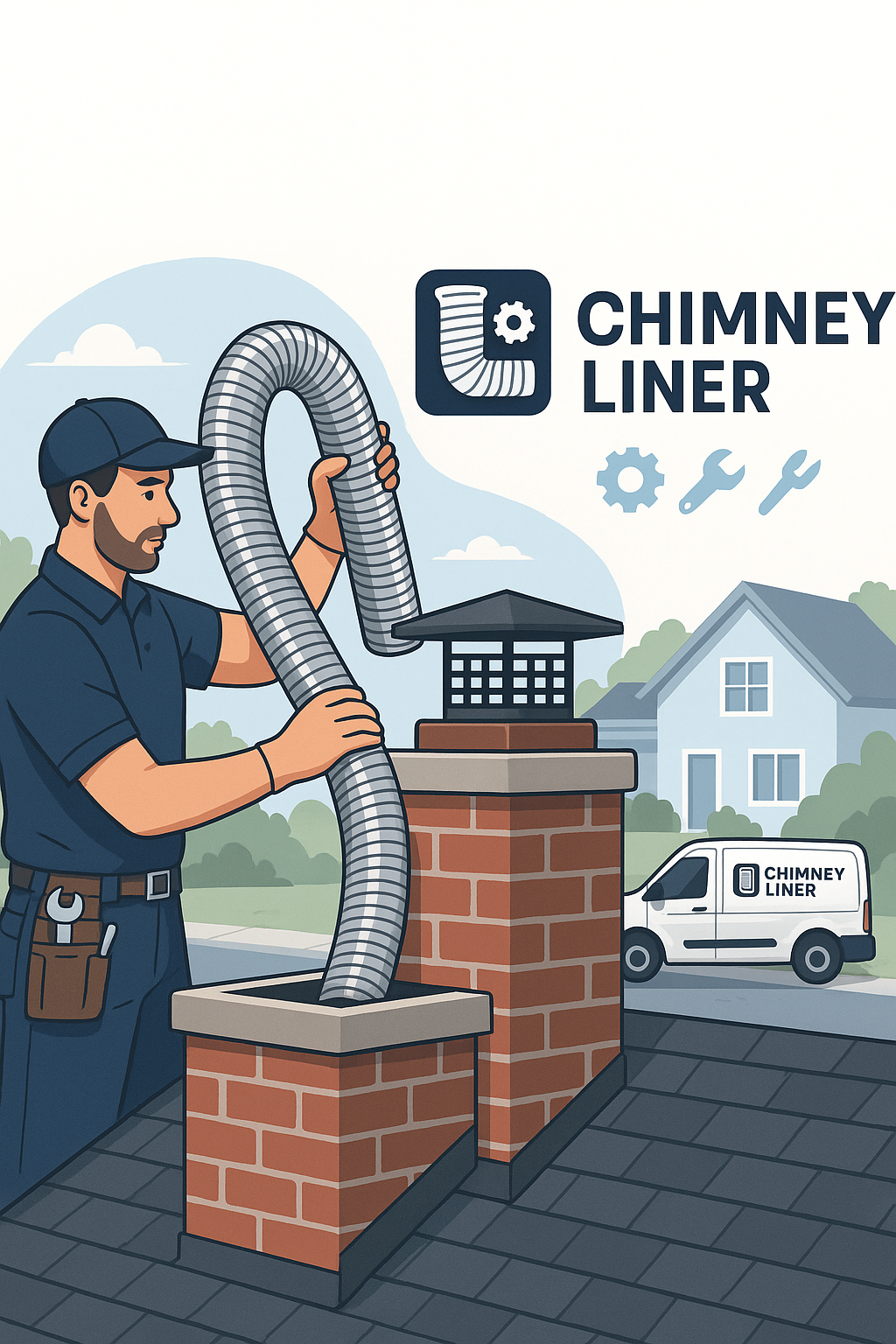Choosing the right liner for a masonry chimney is crucial for ensuring safety, optimizing heating efficiency, and extending the lifespan of your chimney structure. With a range of materials and installation options available, understanding which liner best suits the needs of your particular masonry chimney is key to preventing hazardous situations and expensive repairs. The following guide explores the main types, their advantages, and provides expert insights to help you select the ideal chimney liner.
Why It Matters
A properly selected and installed chimney liner plays a fundamental role in channeling combustion byproducts safely out of the home. Masonry chimneys, in particular, are susceptible to deterioration due to exposure to high temperatures, moisture, and acidic gases. Without an effective liner, the masonry can absorb dangerous substances, increasing the risk of chimney fires, carbon monoxide intrusion, and structural compromise. Modern building codes now mandate liners for nearly all masonry chimneys, reinforcing their importance in safeguarding property and occupants.
Common Problems
Homeowners with unlined or poorly lined masonry chimneys frequently encounter issues such as cracked flue tiles, spalling bricks, and efflorescence. Over time, these conditions worsen as acidic condensates erode mortar joints, leading to gas leaks and reduced structural integrity. Additionally, older terra cotta liners, while once standard, are prone to cracking with thermal expansion and cannot always accommodate newer, more efficient heating appliances. Flue blockages, excessive creosote buildup, and downdrafts are also common in inadequately lined chimneys.
Key Benefits
Upgrading to a modern chimney liner offers several significant benefits. Stainless steel liners, which are highly recommended for masonry chimneys, provide exceptional resistance to corrosion and thermal shock. They are compatible with a wide range of fuel types, including wood, gas, and oil. Flexible stainless steel liners are especially effective in navigating bends or offsets common in older masonry structures. In contrast, aluminum liners are less expensive but suitable only for certain gas appliances and not appropriate for wood-burning systems. Cast-in-place liners offer another robust solution, creating a seamless, insulated channel that reinforces the chimney from within. Each option enhances draft, improves energy efficiency, and most importantly, keeps hazardous gases contained and expelled safely.
The Role of Chimney Flashing Repair
While selecting the best liner is vital, it’s important to recognize that chimney performance also depends on related components. One such critical element is the flashing the material that seals the intersection between the chimney and the roof. Damaged or deteriorating flashing can allow water to seep into masonry, accelerating liner and structural damage. Professional Chimney Flashing Repair ensures that moisture cannot undermine the integrity of the newly installed liner, maintaining optimal safety and durability for the entire chimney system. For comprehensive chimney health, liners and flashing should be evaluated and maintained in tandem.
Cost Breakdown
The cost of chimney liner installation varies based on material, chimney height, and complexity of the job. Stainless steel liners typically command a higher price due to their longevity and versatility, but offer superior value over time. Cast-in-place liners, while more labor-intensive, can restore severely deteriorated chimneys without full rebuilds. Below is a general pricing overview:
| Liner Type | Estimated Cost (Installed) | Suitability |
| Stainless Steel (Flexible) | $1,800 – $3,500 | All fuel types, older chimneys |
| Stainless Steel (Rigid) | $2,000 – $4,200 | Straight chimneys, all fuels |
| Aluminum | $900 – $1,800 | Gas appliances only |
| Cast-in-Place | $3,000 – $7,000 | Severely damaged or irregular flues |
*Disclaimer: Prices are approximate and may vary by region, chimney height, and specific installation requirements.
FAQs
- How long does a stainless steel chimney liner last? With proper installation and routine maintenance, stainless steel liners often last 20 to 30 years or more.
- Can I install a chimney liner myself? Professional installation is strongly recommended to ensure compliance with local codes and to maximize safety and performance.
- How do I know if my masonry chimney needs relining? Signs include crumbling mortar, visible cracks in the flue, excessive smoke, or unexplained odors from the fireplace. A certified chimney sweep can provide a thorough inspection and recommendation.
- Is relining necessary for gas appliances? Yes, even gas appliances require properly sized and corrosion-resistant liners to prevent condensation and venting issues.
Key Features
- Corrosion and heat resistance (especially stainless steel)
- Compatibility with various fuel types
- Flexible options for non-linear or older chimneys
- Improved draft and reduced creosote accumulation
- Enhanced protection against carbon monoxide leaks
- Compliance with national and local building codes
“A high-quality chimney liner is the single most important investment you can make for your fireplace and home safety.” — National Fireplace Institute
Conclusion
For masonry chimneys, stainless steel liners consistently offer the best combination of durability, versatility, and safety. While other options may suit specific needs or budgets, investing in a superior liner ensures compliance with safety standards and extends the life of the chimney. Regular inspection, timely Chimney Flashing Repair, and professional installation are essential to maintaining the protection these systems provide. By selecting the right liner and maintaining supporting components, homeowners can enjoy efficient, worry-free performance from their masonry chimneys for decades to come.
Read More: Chimney Sweep







